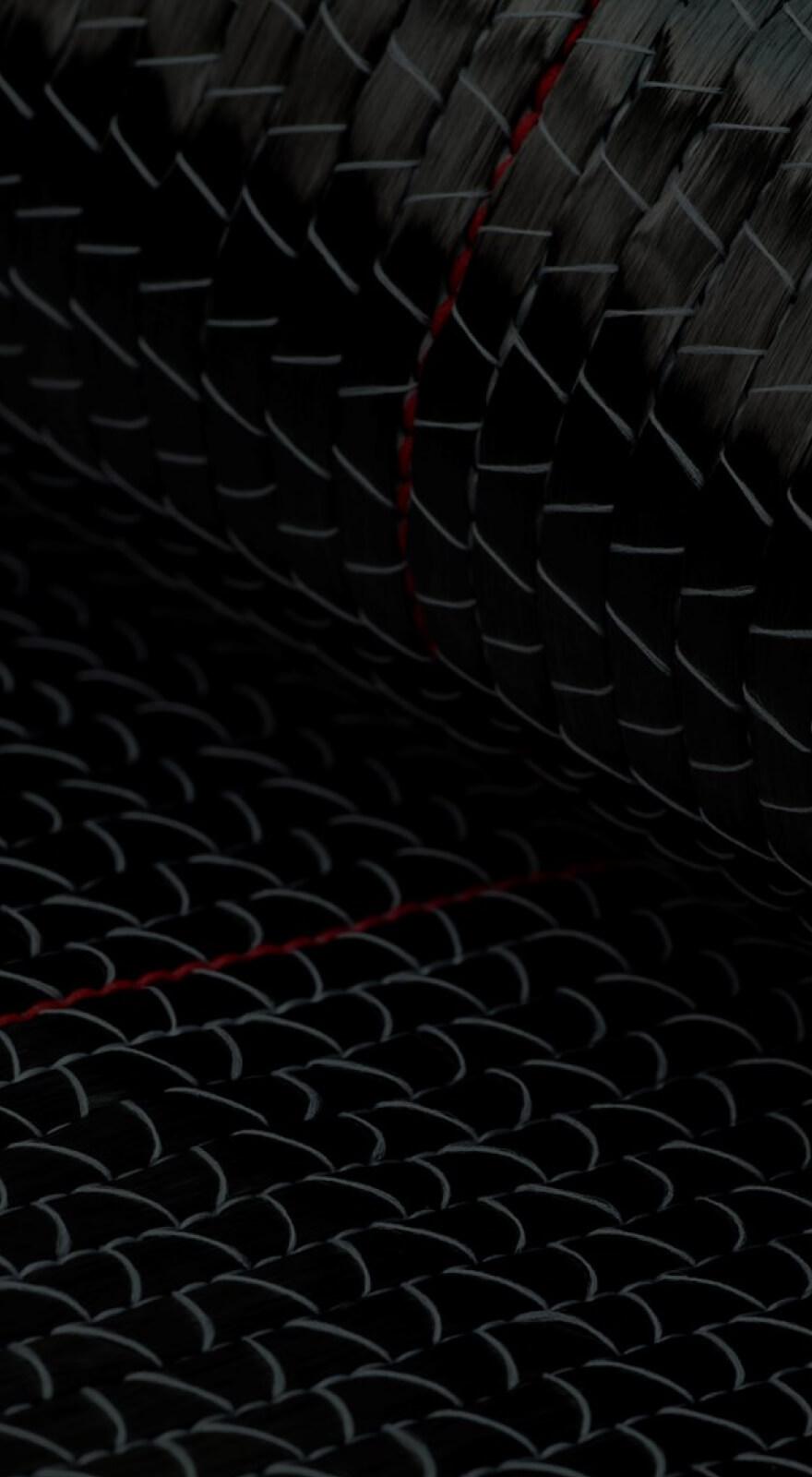Knowde Enhanced TDS
Identification & Functionality
- Chemical Family
- Polymer Name
- Composite Materials Functions
- Technologies
Features & Benefits
- Materials Features
- Product Highlights
- 350°F (177°C) dry and 270°F (132°C) wet service temperature
- 350°F (177°C) cure
- Available in broad range of reinforcements for both tapes and fabrics
- Controlled flow
- Toughened epoxy exhibiting “co-continuous” morphology
- Autoclave or press mold processing
- Excellent hot/wet performance with impact resistance
Applications & Uses
- Applications
- Composites Processing Methods
- Applications
- Aircraft primary and secondary structures
- Space structures
- Any application where impact resistance and lightweight use are required
Properties
- Physical Form
- Neat Resin Properties
| Value | Units | Test Method / Conditions | |
| Tensile Strength | 11.2 (77) | KPsi (MPa) | — |
| Flexural Strength | 20.6 (142) | — | — |
| Flexural Modulus | 0.53 (3.7) | — | — |
| Density | 1.29 | — | — |
| K1C (-m½) | 0.945 | MPa | — |
| G1C | 237 | J/m2 | — |
| Tg (laminate) GI | 186 | — | — |
| Tg (laminate) GII | 231 | — | — |
| Tg (laminate) Tan Delta | 239 | — | — |
Packaging & Availability
- shipping
- Prepreg is generally shipped in a sealed polyethylene in refrigerated transportation or in containers with dry ice.
Storage & Handling
- Product Handling and Safety
Hexcel recommends that customers observe established precautions for handling resins and fine fibrous materials. Operators working with this product should wear clean, impervious gloves to reduce the possibility of skin contact and to prevent contamination of the material.




